‘Design has the power to evoke emotions, good or bad’: Fritz Hansen’s new appointments on the Danish design brand's future
Wallpaper* sits down for an exclusive joint interview with Fritz Hansen’s recently appointed CEO Henrik Steensgaard and creative director Els Van Hoorebeeck
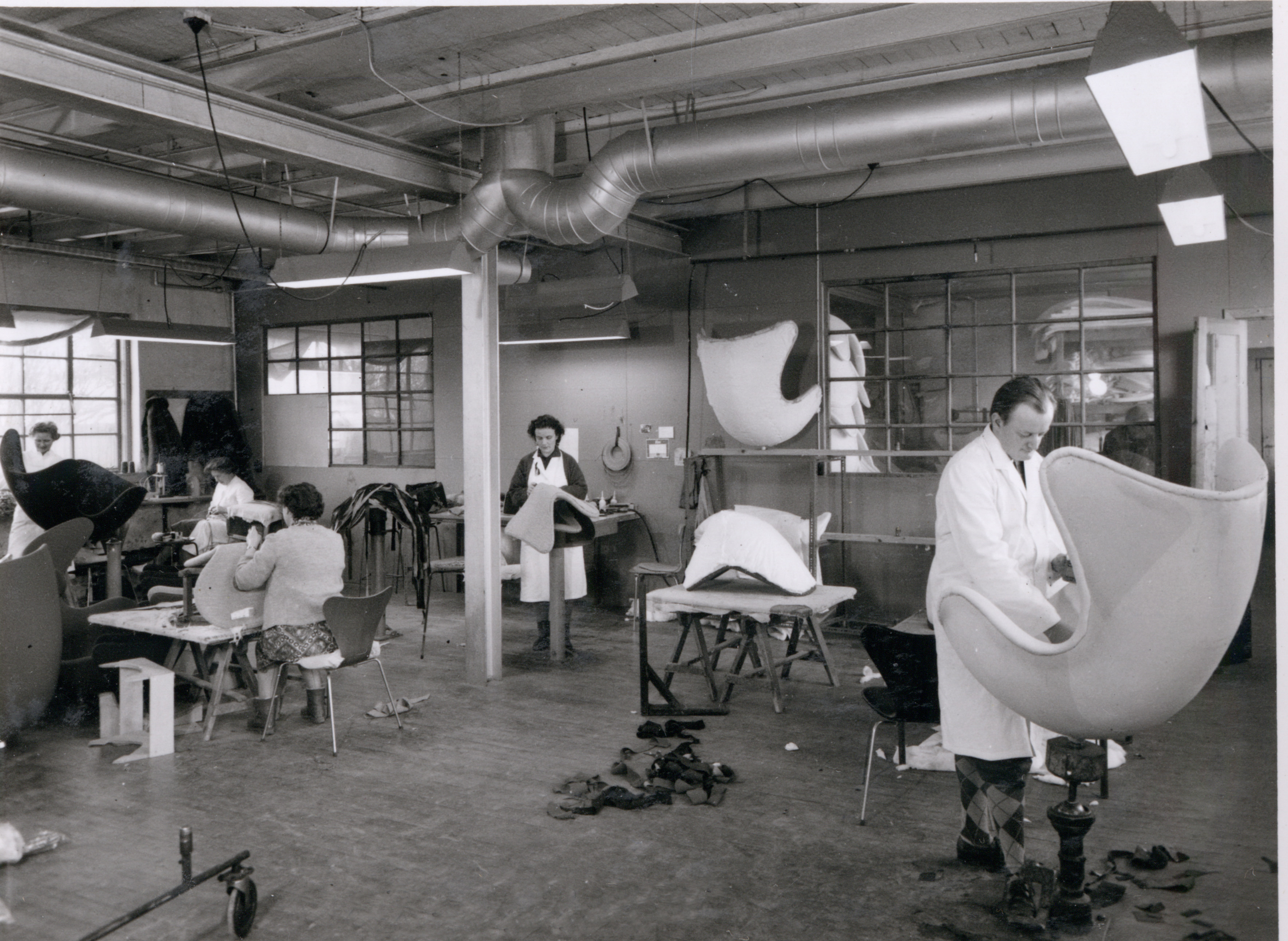
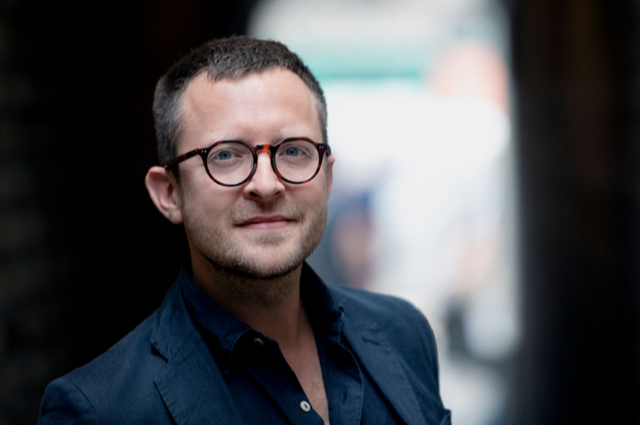
New appointments at design brands might not herald the same headlines as they do at fashion houses, but they certainly carry as much responsibility for a brand’s direction of travel. In life today, ‘business as usual’ doesn’t quite cut it as a modus operandi for any brand. Reaction is critical to survival due, variously, to difficult economies, labour costs and complex supply chains, material and technological advances, not to mention the climate emergency and revolutions in the social habits of younger generations.
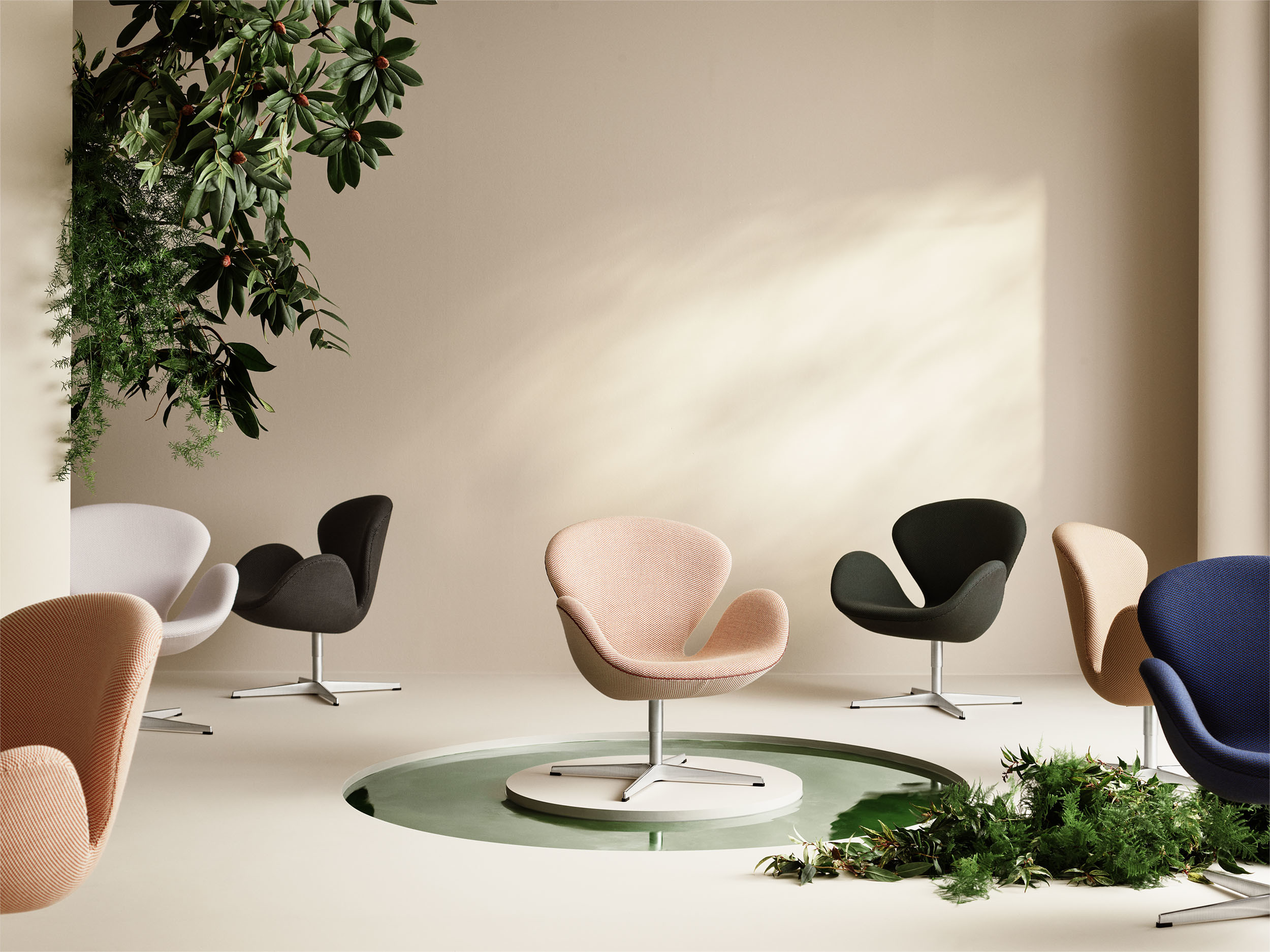
The ‘Swan’ lounge chair by Arne Jacobsen, designed in 1958
Danish brand Fritz Hansen was founded in 1872 and has weathered its fair share of changing times in 153 years of life. And while there is much to be said for endurance, such a mighty back catalogue of still-popular design icons that Fritz Hansen counts in its portfolio can stifle the incentive for fresh thinking and innovation.
This is the mandate in the in-trays of the brand’s new appointments: CEO Henrik Steensgaard and creative director Els Van Hoorebeeck. Both appointed in the past 12 months, Steensgaard held previous roles at Vipp and Hay, and Van Hoorebeeck worked at &Tradition and The Office Group. Both arrive at Fritz Hansen with considerable experience and expertise in combining business and creative fortitude at dynamic brands.
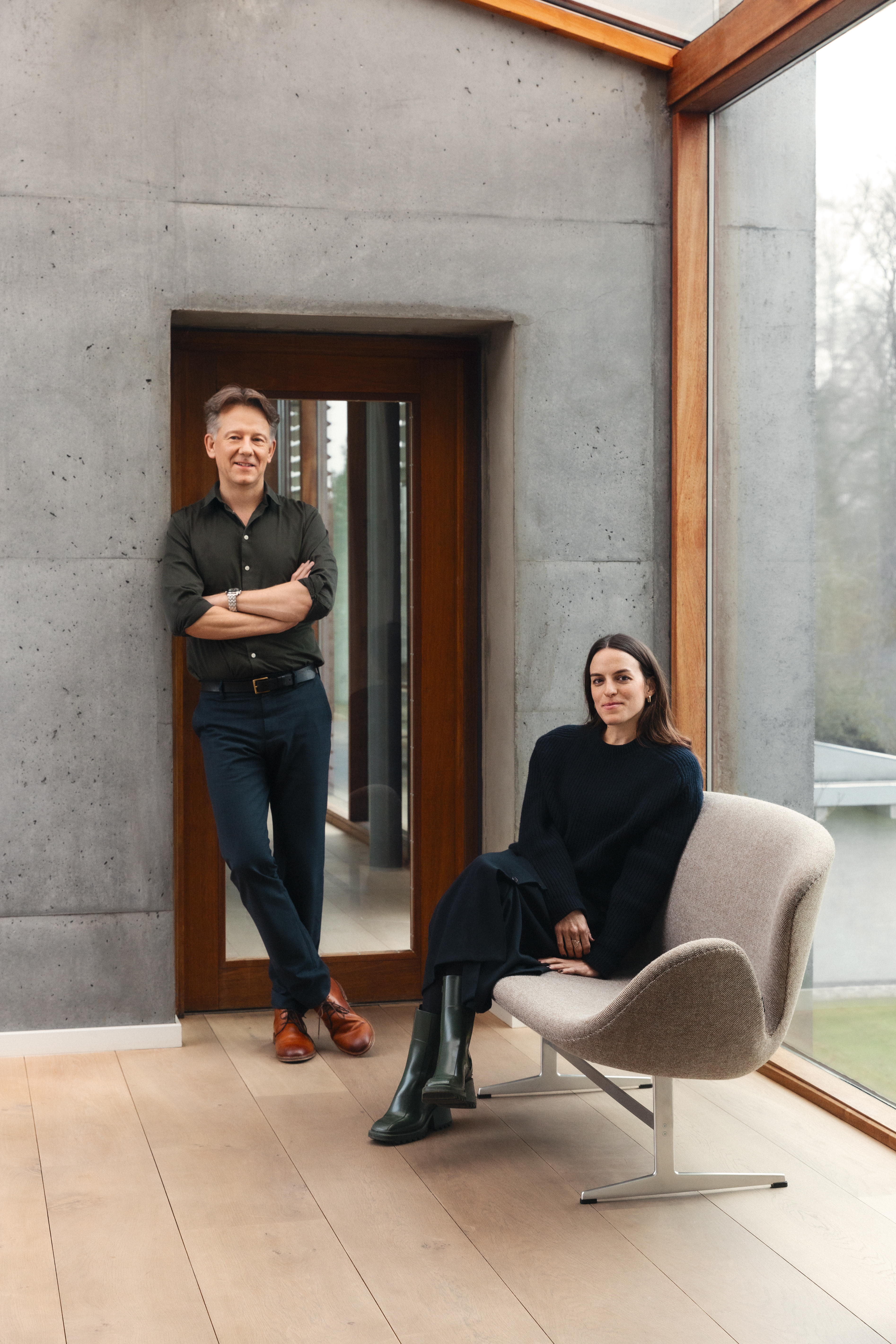
Fritz Hansen's recently appointed CEO Henrik Steensgaard and creative director Els Van Hoorebeeck
We were delighted at the opportunity to speak with the pair in their first interview since Van Hoorebeeck’s appointment was announced in early February 2025. It is early days, of course, but there’s already palpable excitement at the potential energy that such a double hire might usher in.
Wallpaper*: You are both relatively new appointments at Fritz Hansen. How are you finding the roles?
Henrik Steensgaard: I joined in March 2024. I’m finding it fantastic so far – awesome people and the task is the right combination of daunting and energising.
W*: How do you describe the health of the company?
Wallpaper* Newsletter
Receive our daily digest of inspiration, escapism and design stories from around the world direct to your inbox.
HS: Overall the health is good. As with so many brands in the industry, we are facing headwinds in many markets. There are aspects of our own business that we need to work on, but we have a strong heritage to build upon, so the heart of the brand is healthy.
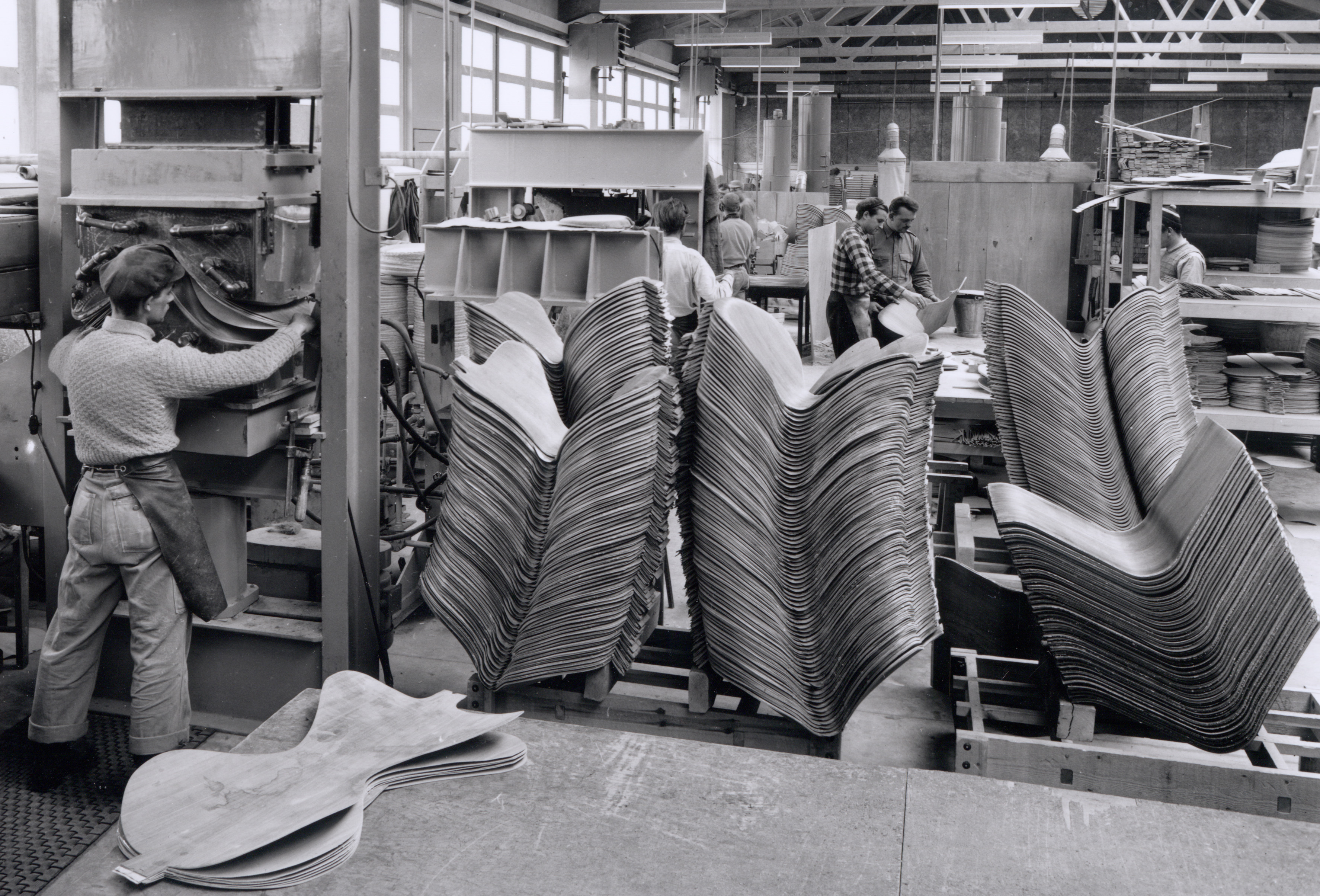
Arne Jacobsen's ‘Series 7’ chair in production at Fritz Hansen, 1956
W*: What are the important aspects that you are working on?
HS: We have an extremely rich history, a strong heritage and an impressive archive. You can get lost down there! I’m very proud of working for a company that has played such a pivotal role in Danish design history. Perhaps we have been too busy being an ‘important brand’ that we have forgotten to be innovative. It’s remarkable that, even though design is at the core of our brand, until now we have never had somebody representing design at the top level of the company. In all my previous roles to date, I’ve partnered with creative directors who have brought me tremendous joy and a few grey hairs. You should never underestimate the dynamism, energy, speed and imagination such a role brings. This is what drives innovation.
Els Van Hoorebeeck: I was not aware of the extent of the archive before joining Fritz Hansen. The possibility for storytelling is exciting. Understanding what we have been good at in the past is an important starting point for new designs in the future.
W*: Henrik mentioned this is a new role. How do you understand your responsibility?
EVH: Previously the role was only focused on product design, whilst [now] my role is joining design together with all aspects of the brand – from product design, to launching, to customer experience to storytelling.
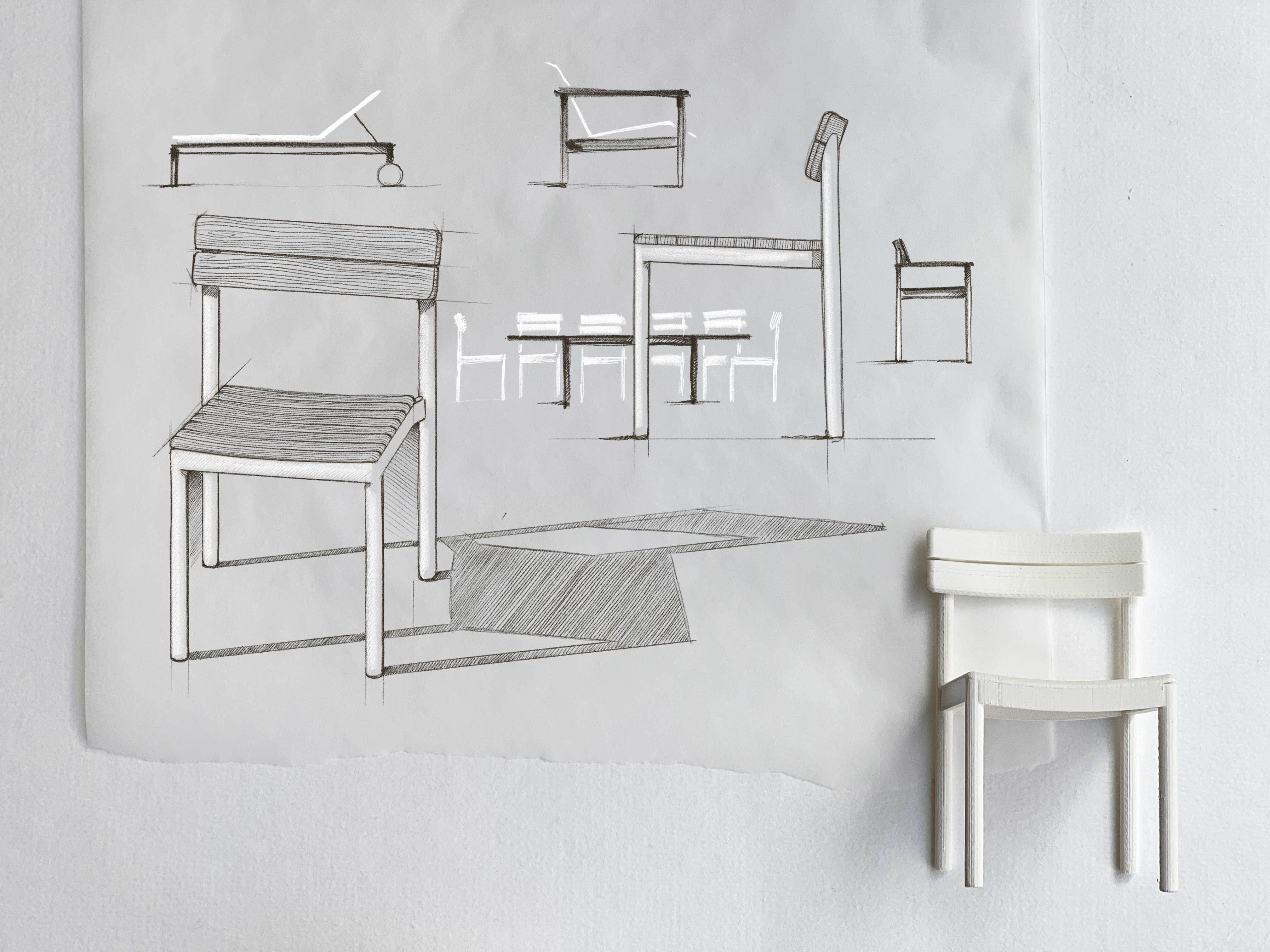
Sketches for the ‘Pelagus’ outdoor furniture range by Note Design, 2024
W*: Would you describe Fritz Hansen as a values-driven brand?
EVH: Quality is one of our core commitments – we don’t compromise on quality. A lot of our products have many lifecycles. The quality of the pieces means they last. The quality and the fact that these designs are timeless, not trend-driven, means they endure.
HS: When we talk about values we talk about craftsmanship too. Lessening the environmental footprint of consumer companies has been a concern of mine for years in my work. At Fritz Hansen, quality and endurance are important factors for longevity. The best thing we can do for our grandchildren is make sure the things we make can last. We now more fully embrace second, third and fourth lives in our products.
EVH: People expect longevity now. We are more curious and more demanding. Design is an investment and you want to pass well-made furniture down generations. It’s important we tell these stories as part of our brand promise.
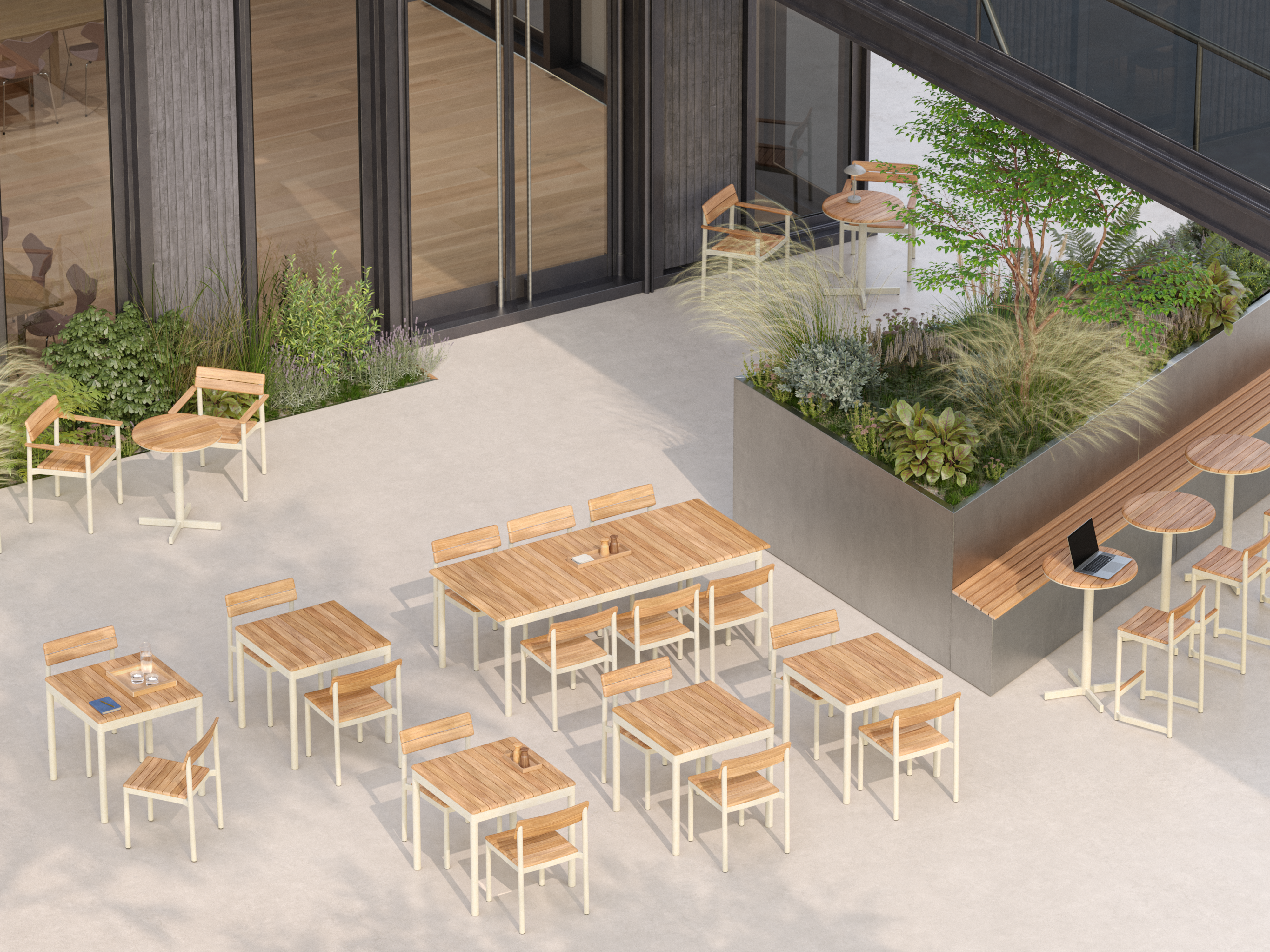
The ‘Pelagus’ outdoor furniture range by Note Design, 2024
W*: This is certainly important for the historic archival designs in your portfolio – how do you ensure your new works have a similar power?
HS: We have four priorities in our work going forward. The first is to keep our heritage relevant, underlining the longevity and intrinsic value for the consumer and the environment. The second is to bring innovation back onto the agenda with a commitment to delivering interesting contemporary products. Thirdly, we are embracing circularity in a fundamental way. We own two thirds of our production and so we have the possibility to make significant impact in our own circularity. Our fourth priority is to find renewed relevance in the soft or ancillary project market.
EVH: Fritz Hansen started as a manufacturer, and has since become a design brand. I think it’s important that we find our identity comfortably as a combination of both.
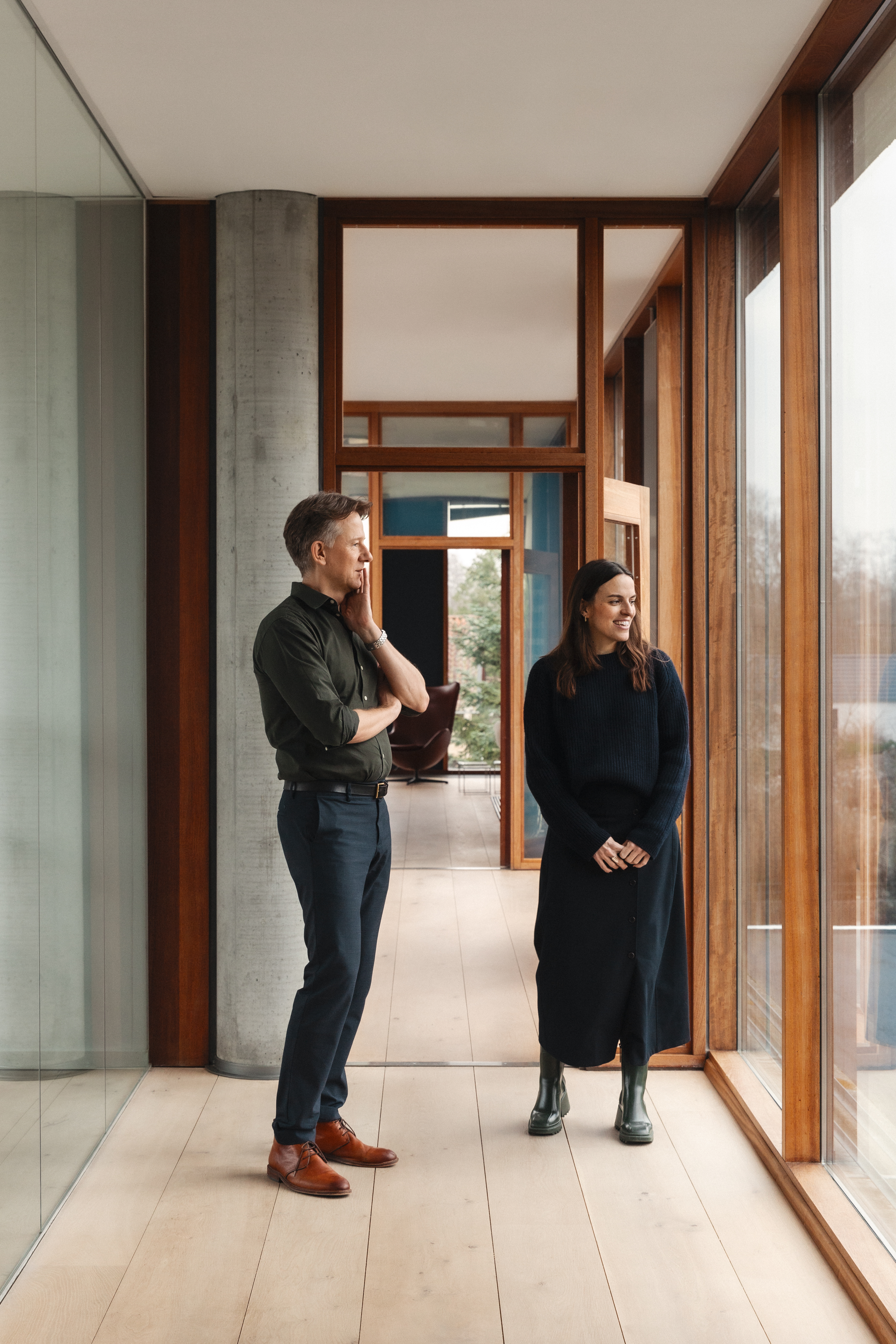
Henrik Steensgaard and Els Van Hoorebeeck
W*: Beyond a bit of soul-searching, where do you see potential growth from a market perspective?
HS: We have significant opportunities in several markets. Asia is strong, but there are still ample opportunities in selected countries. We have been present in North America for years, but are finally starting to see positive development. We are strong in Northern Europe, unsurprisingly perhaps, but there is potential for developing the foothold in the rest of Europe. This is one of the benefits of having such a strong portfolio of classic designs. We owe it to Arne (Jacobsen) and Poul (Kjaerholm) and all our other designers to continue to expand their legacy.
W* What does good design mean to you?
EVH: My personal view is that it has the power to evoke emotions, good or bad. And even if you do not like what you see, you should be able to have an appreciation for how it has been made, or what the intention has been. If design leaves you feeling indifferent, then that’s not good enough.
HS: For me, design should bring joy. It should inspire so much joy that you should be moved to care for it. I also love the idea that a product has many lifespans. Good design is truly enduring.

Hugo is a design critic, curator and the co-founder of Bard, a gallery in Edinburgh dedicated to Scottish design and craft. A long-serving member of the Wallpaper* family, he has also been the design editor at Monocle and the brand director at Studioilse, Ilse Crawford's multi-faceted design studio. Today, Hugo wields his pen and opinions for a broad swathe of publications and panels. He has twice curated both the Object section of MIART (the Milan Contemporary Art Fair) and the Harewood House Biennial. He consults as a strategist and writer for clients ranging from Airbnb to Vitra, Ikea to Instagram, Erdem to The Goldsmith's Company. Hugo has this year returned to the Wallpaper* fold to cover the parental leave of Rosa Bertoli as Global Design Director.
-
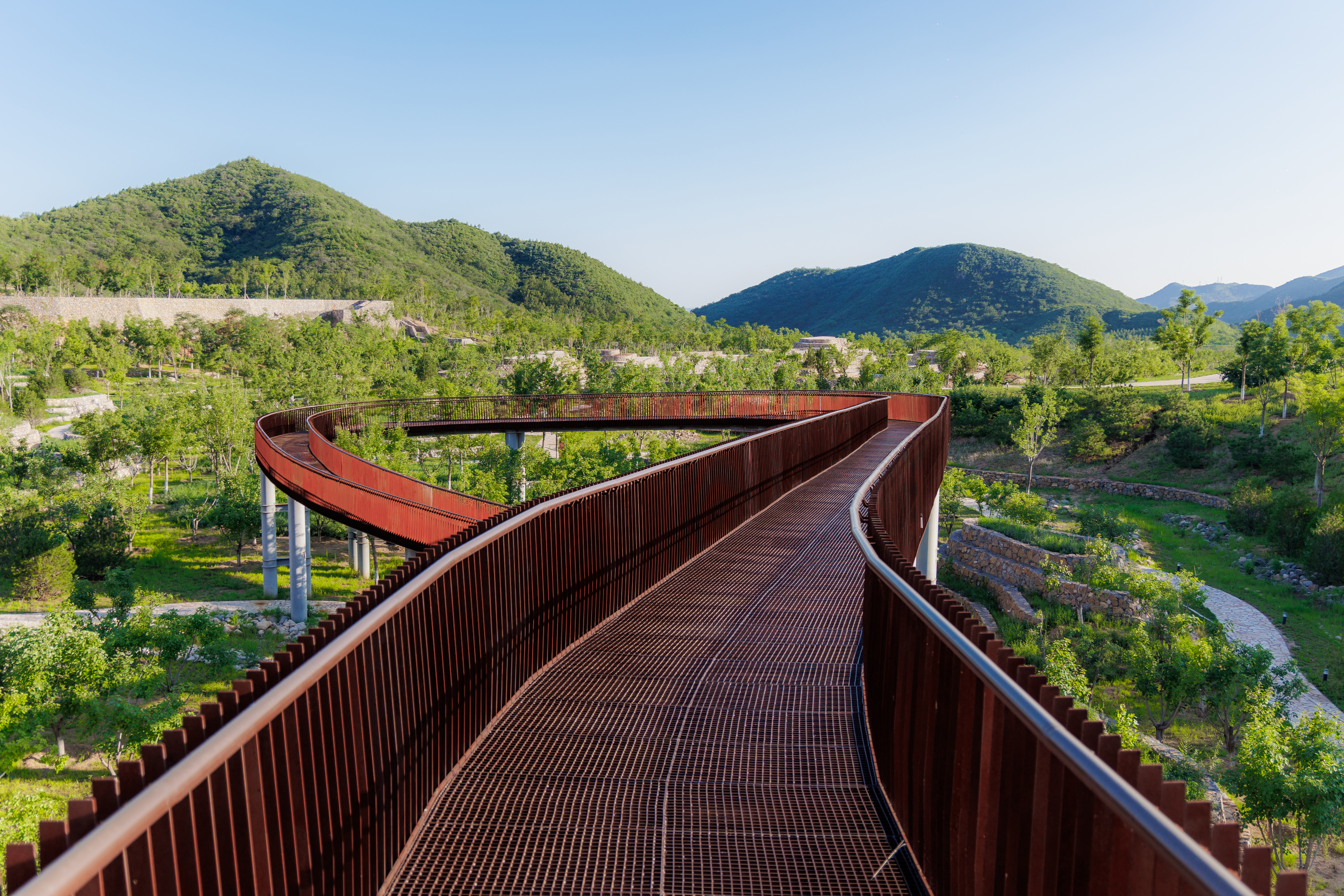 A Xingfa cement factory’s reimagining breathes new life into an abandoned industrial site
A Xingfa cement factory’s reimagining breathes new life into an abandoned industrial siteWe tour the Xingfa cement factory in China, where a redesign by landscape specialist SWA Group completely transforms an old industrial site into a lush park
By Daven Wu
-
 Put these emerging artists on your radar
Put these emerging artists on your radarThis crop of six new talents is poised to shake up the art world. Get to know them now
By Tianna Williams
-
 Dining at Pyrá feels like a Mediterranean kiss on both cheeks
Dining at Pyrá feels like a Mediterranean kiss on both cheeksDesigned by House of Dré, this Lonsdale Road addition dishes up an enticing fusion of Greek and Spanish cooking
By Sofia de la Cruz
-
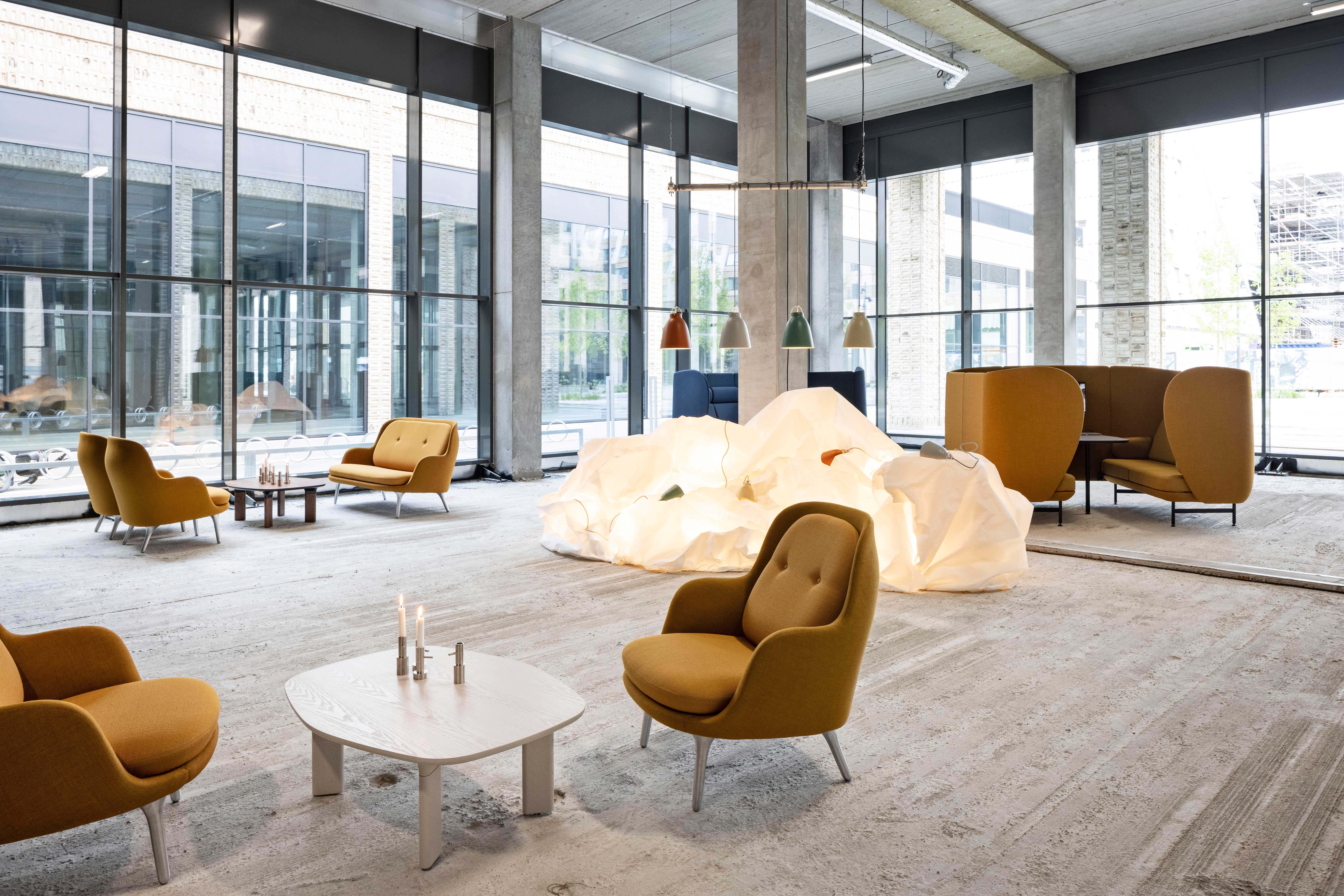 Fritz Hansen and Jaime Hayon unveil new furniture at 3 Days of Design
Fritz Hansen and Jaime Hayon unveil new furniture at 3 Days of DesignFritz Hansen and Jaime Hayon debut the Fri sofa and Analog coffee and side tables in Copenhagen
By Becky Sunshine
-
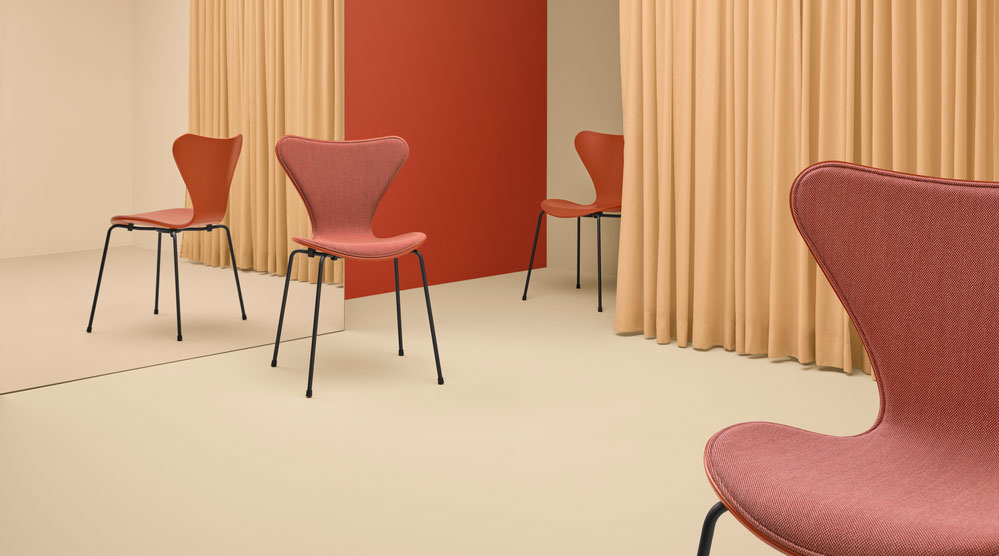 Fritz Hansen reveals its soft side
Fritz Hansen reveals its soft sideArne Jacobsen’s classic ‘Series 7’ chair gets a comfy and colourful new look. In partnership with Fritz Hansen
By Rosa Bertoli
-
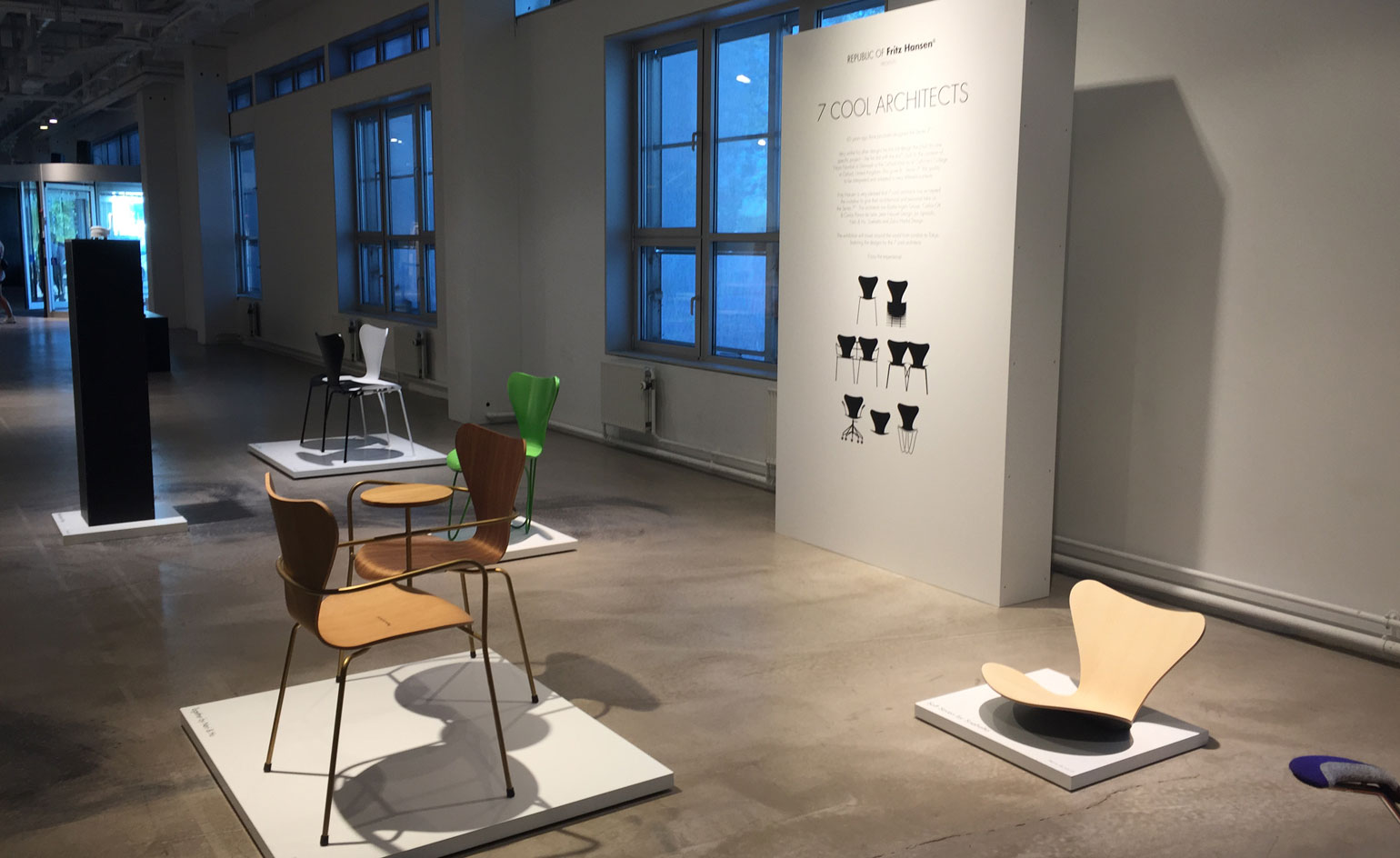 Celebrating Scandinavia: Northmodern hosts a display of Nordic style
Celebrating Scandinavia: Northmodern hosts a display of Nordic styleBy Sujata Burman